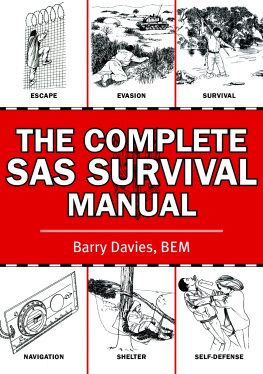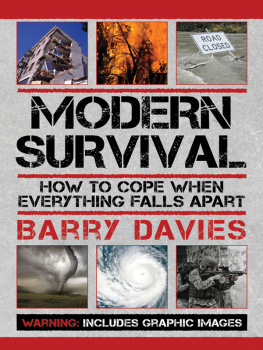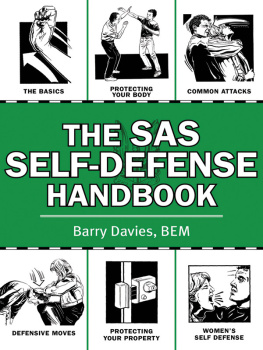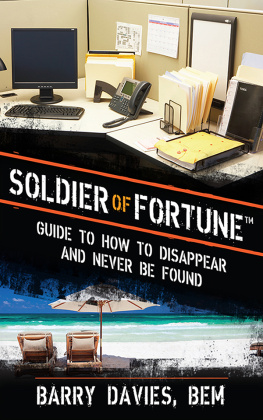Barry Davies - The Complete SAS Survival Manual
Here you can read online Barry Davies - The Complete SAS Survival Manual full text of the book (entire story) in english for free. Download pdf and epub, get meaning, cover and reviews about this ebook. year: 2011, publisher: Skyhorse Publishing (Perseus), genre: Romance novel. Description of the work, (preface) as well as reviews are available. Best literature library LitArk.com created for fans of good reading and offers a wide selection of genres:
Romance novel
Science fiction
Adventure
Detective
Science
History
Home and family
Prose
Art
Politics
Computer
Non-fiction
Religion
Business
Children
Humor
Choose a favorite category and find really read worthwhile books. Enjoy immersion in the world of imagination, feel the emotions of the characters or learn something new for yourself, make an fascinating discovery.
- Book:The Complete SAS Survival Manual
- Author:
- Publisher:Skyhorse Publishing (Perseus)
- Genre:
- Year:2011
- Rating:4 / 5
- Favourites:Add to favourites
- Your mark:
- 80
- 1
- 2
- 3
- 4
- 5
The Complete SAS Survival Manual: summary, description and annotation
We offer to read an annotation, description, summary or preface (depends on what the author of the book "The Complete SAS Survival Manual" wrote himself). If you haven't found the necessary information about the book — write in the comments, we will try to find it.
The Complete SAS Survival Manual — read online for free the complete book (whole text) full work
Below is the text of the book, divided by pages. System saving the place of the last page read, allows you to conveniently read the book "The Complete SAS Survival Manual" online for free, without having to search again every time where you left off. Put a bookmark, and you can go to the page where you finished reading at any time.
Font size:
Interval:
Bookmark:
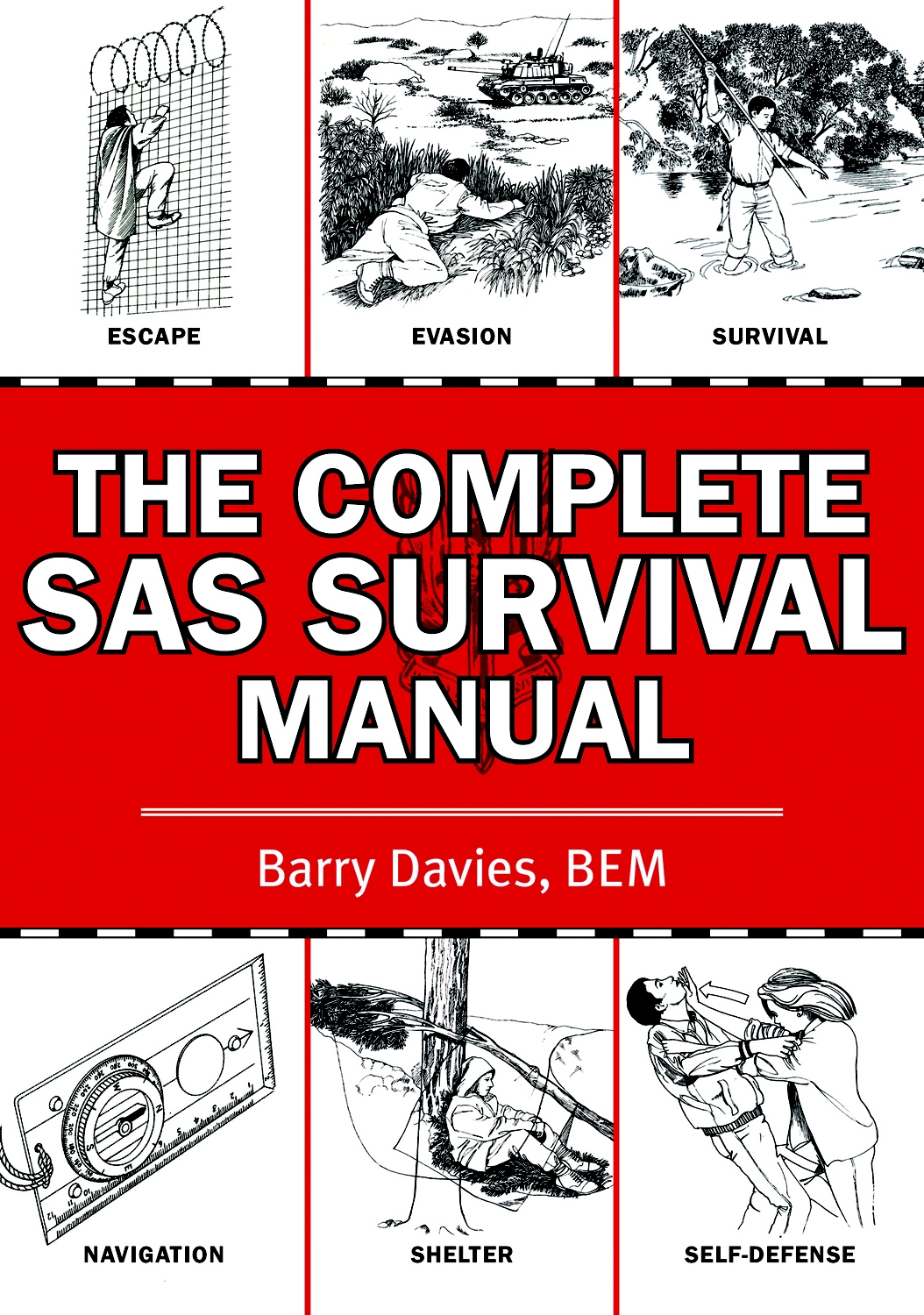
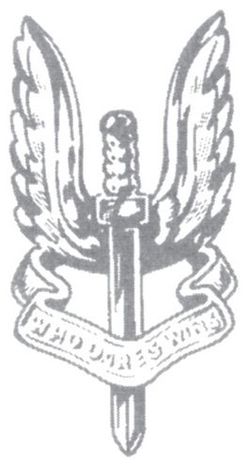
There are few books on the subject of Escape, Evasion and Survival and, to the best of my knowledge, none that contain all the up-to-date techniques and equipment described in the present volume. Although this is not an official publication of the regiment, it would be sadly remiss of me if I did not take this opportunity to acknowledge in full the experience I gained during my eighteen years service with the SAS.
Additionally, the ongoing development of survival techniques and hardware by BCB International Ltd of Cardiff has helped me to provide the reader with the very latest information. Therefore I would like to thank the Managing Director, Andrew Howell, and all his staff, for their unceasing help and support. My sincere thanks also go to Lifeguard Equipment Ltd of Clwyd for their kind invitation to join the RAF Search and Rescue trials in 1994.
Putting this book together would have been impossible without the help and persistence of all the team at Siena Artworks of London.
Finally I would like to thank the brave people, both soldiers and civilians, who in the past have survived their own individual ordeal. It is only by expanding on their immense knowledge and experience that books like this can be written.
TREATMENT BY THE ENEMY
AN EARLY ESCAPE
PSYCHOLOGICAL EFFECTS OF CAPTURE
Survival situation is a term that is often used very loosely. Basically, however, it implies that something, usually unplanned, has happened, so that you find yourself in a totally unknown and unexpected environment from which there is no immediate prospect of extrication. If you are a captured soldier, your life may be under threat. Your physical state and your exact location at the time of being taken prisoner will determine to a large extent your reaction to finding yourself in this kind of survival situation. Being captured by the enemy ranks as one of the most frightening experiences a soldier ever faces. The immediate fear of the unknown and the looming threat of death, or at best a severe beating, play havoc with the military prisoners emotions. And the complex, seemingly insoluble nature of your predicament fills your mind with a sense of isolation and abandonment.
In modern warfare, even when the conflict takes place on a large scale, the number of captured soldiers is quite small compared with corresponding figures for the Second World War. As a result the treatment of prisoners of war has changed. In some cases these smaller numbers of men are nowadays treated to a more rapid and harsh treatment, while the typically greater ratio of guards to prisoners has tended to make escape ever more difficult.
However, the one fundamental thing on which any prisoner of war from the Western world can rely is that he will not be forgotten. The treatment of POWs is regarded as among the highest of priorities by any civilized government. And all steps are taken to establish contact, ensure the prisoners well-being and finally administer his release and safe return home.
To be captured is not a dishonour - it is simply one of those unavoidable acts of war. Where men are sent into battle on land, or are engaged in aircraft sorties, operating deep behind enemy lines, the risk is always present. Although capture is sometimes inevitable, if there is even a faint chance of avoiding this fate, then that opportunity must be seized.
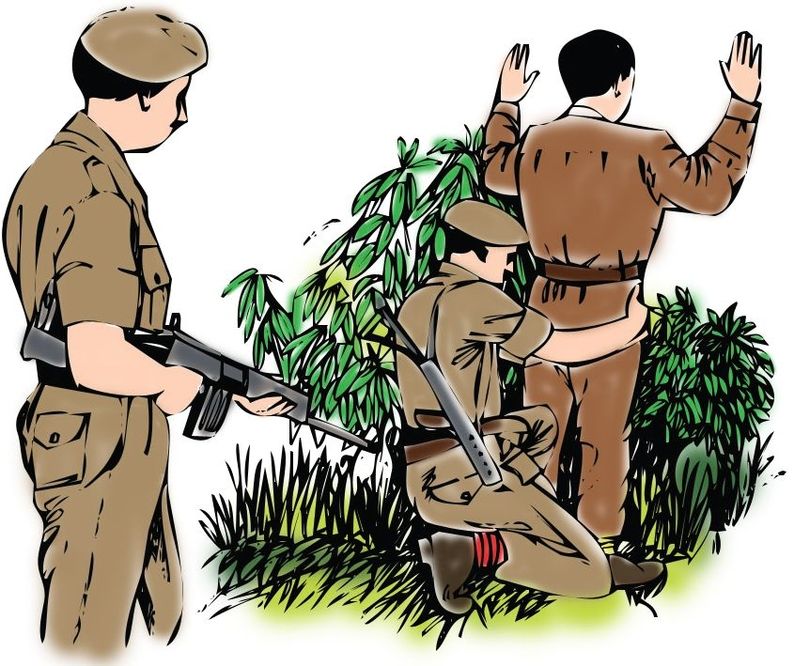
Being captured by the enemy is one of the most frightening experiences a soldier faces. The best insurance against this is to grab even the slimmest chance of avoiding capture.
The prisoner of war cannot expect to be treated in any set way by his captors, despite all the words and laws governing the treatment of POWs. Various factors will determine the prisoners fate. For example, if a large number of prisoners have been taken, then the organizational demands of the situation may result in a lessening of ill treatment of the individual. But if an individual, say a pilot, is captured, then his captors may seek revenge, or at least use him as a symbol of this, by subjecting him to a beating. The prisoners treatment will also depend on the professionalism of his captors. Professional troops normally act in a restrained and responsible way, whereas local militia are likely to be more crude in their approach.
The prisoner of war must be prepared to encounter some hostility from his captors, and the intensity of their reaction to him will be directly related to one or more of the following factors:
- Which side is winning the conflict
- The number of alleged atrocities carried out by forces fighting on his side
- A bombing mission by his forces that has or may have inadvertently killed innocent civilians.
This last act will be seen as a war crime and attributed to the individual prisoner. From the perspective of his captors, he is the enemy personified, and therefore responsible for all the actions that have been carried out by his own comrades.
It is every soldiers duty to attempt to escape at the first opportunity. The closer the prisoner of war is to his own lines, the greater his chances of success. At such times he will know where his own troops are located, he will still be fit (unless he has been wounded), and he may well still have some of his equipment. However, a POW who has been captured close to the forward edge of the battle area must remember that the danger of being shot while trying to escape will be very high. Heavy concentrations of armed men in an acute state of tension will make escaping dangerous, and unless there is a good chance of success, it is unwise to risk provoking front-line combat troops.
Always watch out for the opportunity to escape during transit deep behind enemy lines. Escape is possible by all modes of travel: on foot, in a road vehicle, boat or train or by air. Stay alert, take advantage of diversions such as air strikes by friendly forces, or when the guards are sleeping. Even if the possibility of escape is not immediately obvious, the POW should collect any useful items and information that may aid his escape at a latter date.
Evading capture when behind enemy lines demands an alert state of mind and a readiness to take advantage of diversions such as air strikes by friendly forces.
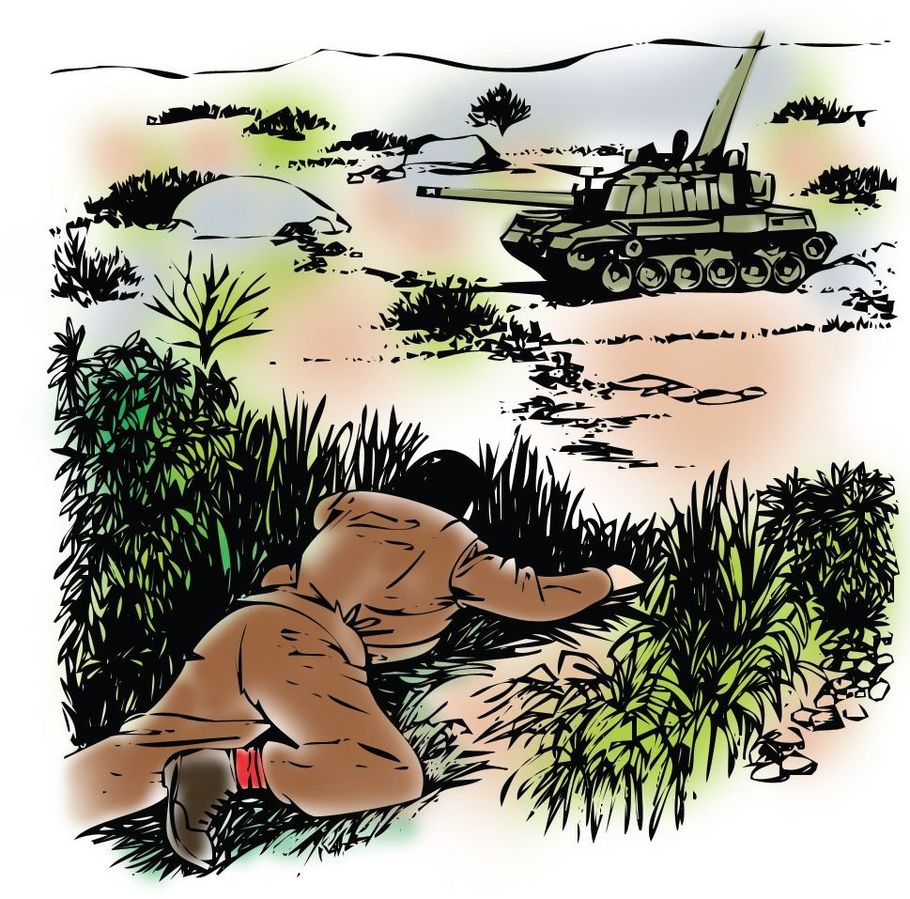
You will find in this book a wealth of detailed information on practical escape, evasion and survival techniques, and with the help of these you can come through most survival situations. In recent years, great advances have been achieved in the design and manufacture of military clothing, equipment and navigational aids. In addition, search and rescue techniques, and the accuracy and reliability of individual satellite communications, have improved dramatically.
The sophisticated technology of survival has an undeniably important role to play, but, above all, your chances of emerging alive will depend on your own capabilities as an individual. If you are captured, or if you are forced to survive on your own for any length of time, without the promise of imminent rescue, a number of potent psychological factors will come into play. It is important to understand just how powerful these psychological pressures can be.
Font size:
Interval:
Bookmark:
Similar books «The Complete SAS Survival Manual»
Look at similar books to The Complete SAS Survival Manual. We have selected literature similar in name and meaning in the hope of providing readers with more options to find new, interesting, not yet read works.
Discussion, reviews of the book The Complete SAS Survival Manual and just readers' own opinions. Leave your comments, write what you think about the work, its meaning or the main characters. Specify what exactly you liked and what you didn't like, and why you think so.

